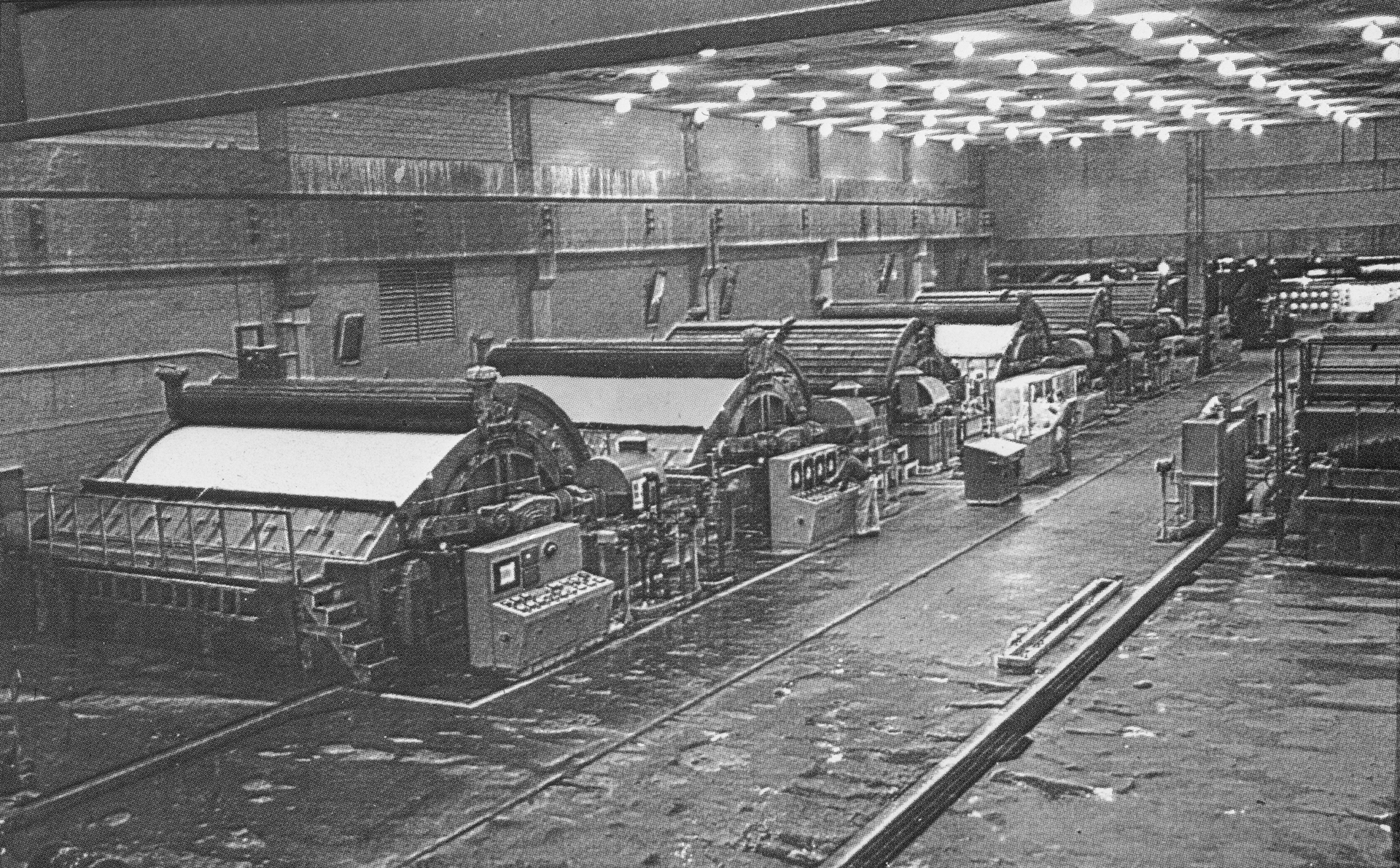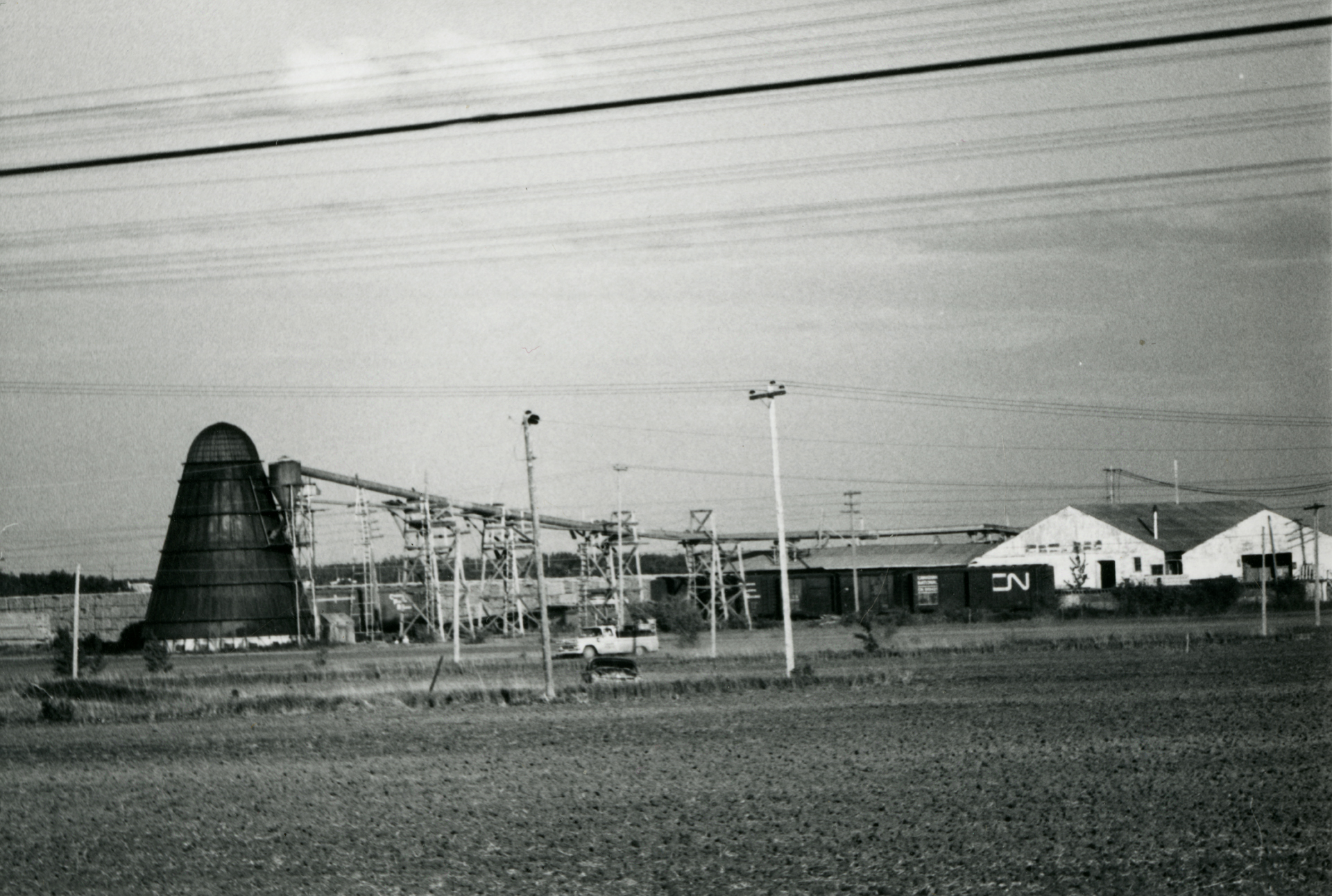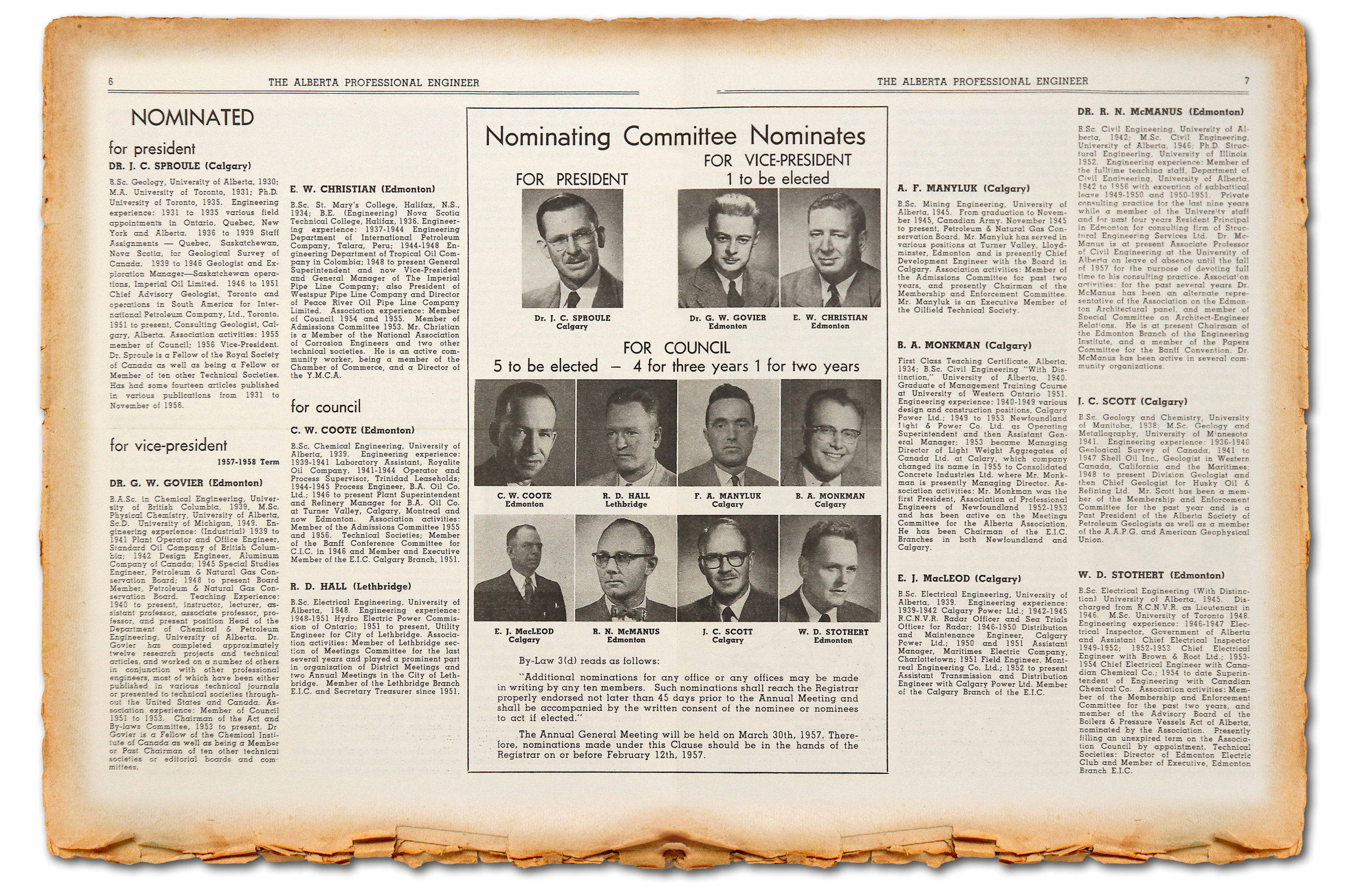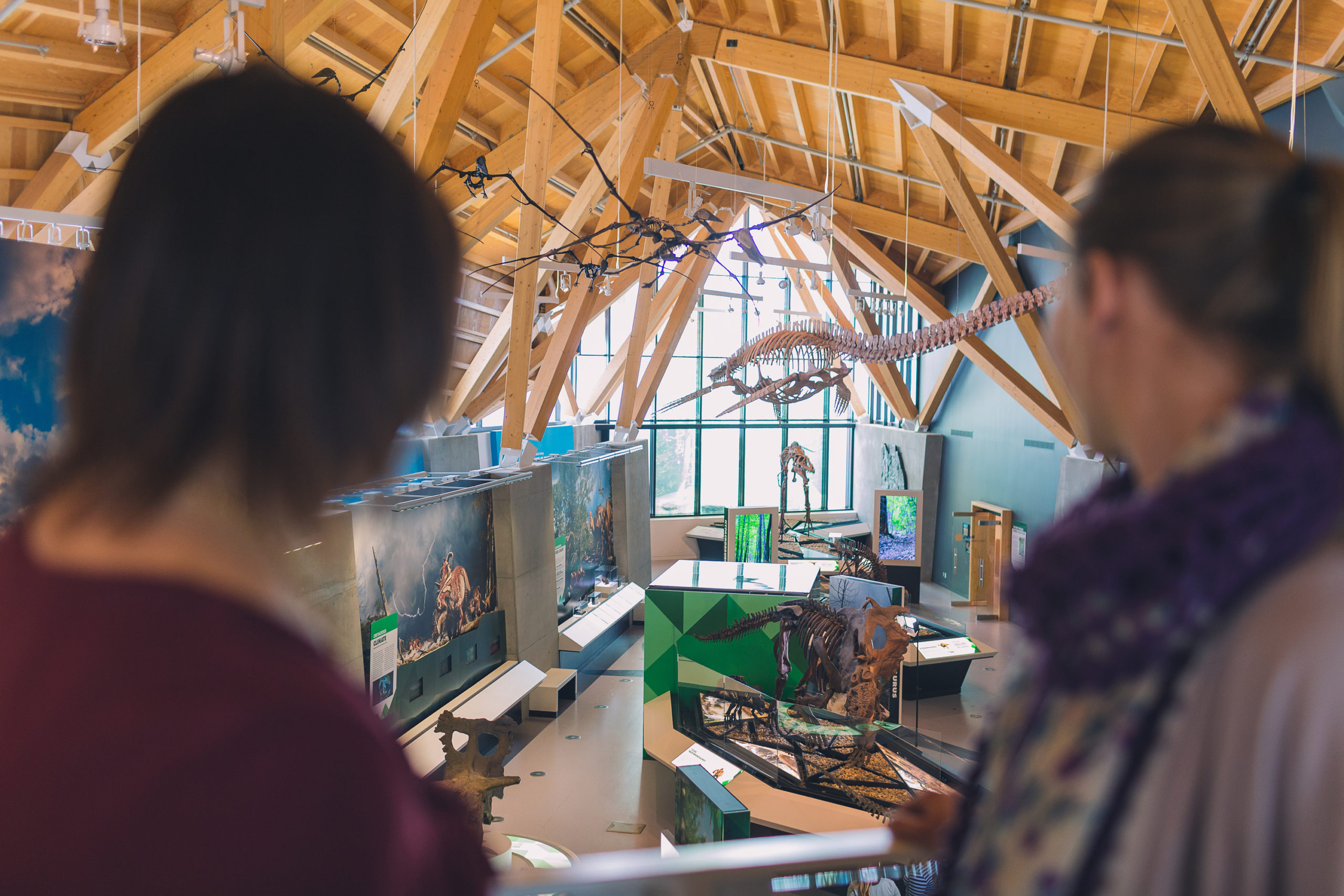South Peace Regional Archives 050.08.02.62
Alberta’s First Pulp Mill Opens New Forestry Markets
Heralding a new market for forestry, Alberta’s first pulp mill opened in 1957. Located in the Rocky Mountain foothills east of Jasper National Park, the site for Northwestern Pulp and Power was chosen for its ample water supply.
Just as important, of course, was the region’s abundance of timber.
Nearby Hinton, then just a hamlet, would never be the same.
The mill—today called Hinton Pulp—boasted the latest technology. Two continuous digesters produced up 150,000 tons of top-quality, bleached craft pulp per year. In those days, most pulp mills cooked raw materials in batches, which made them slower.
But there were early technical glitches in the Hinton plant, and consulting engineer Harry Collinge, P.Eng., was called in to find a solution. Thanks to his strategic refinements, the problems were soon ironed out. Collinge was promptly hired as the mill’s first manager.
Over the last six decades, engineering improvements have kept the mill at the forefront of technology. In 2016, it became home to Canada’s first commercial-scale lignin recovery plant.
Lignins are complex natural polymers found in plants, giving wood and bark much of their rigidity. They’re waste when it comes to pulping, but now they’re turned into a natural—and sustainable—adhesive.
Hinton was the first pulp mill in Alberta, but not the last. Others soon followed, bringing economic opportunity to communities across Alberta, like Boyle, Peace River, Grande Prairie, Whitecourt, and Slave Lake.
Markets have continued to grow. Mills today produce everything from newsprint to wood panels to bioenergy products like wood pellets and biogas. They contribute 400 megawatts of power, turning leftover wood shavings into renewable energy.
And they continue to rely on professional engineers to optimize performance, develop and implement new technology, and help ensure the long-term competitiveness of Alberta’s forestry industry.
Northwestern Pulp and Power’s preparation floor, including (back) the innovative continuous digesters.

Provincial Archives of Alberta A9491
In 1965, North Canadian Forest Industries Limited (now Canfor) embarked on a pioneering venture in Grande Prairie. A plant there became the first in Alberta to process sawmill waste into saleable pulp chips.

South Peace Regional Archives 050.08.02.62
Deanna Exley, P.Eng., explains her work as a reliability engineer at Alberta Newsprint Company in Whitecourt, the province’s first and only paper mill.


